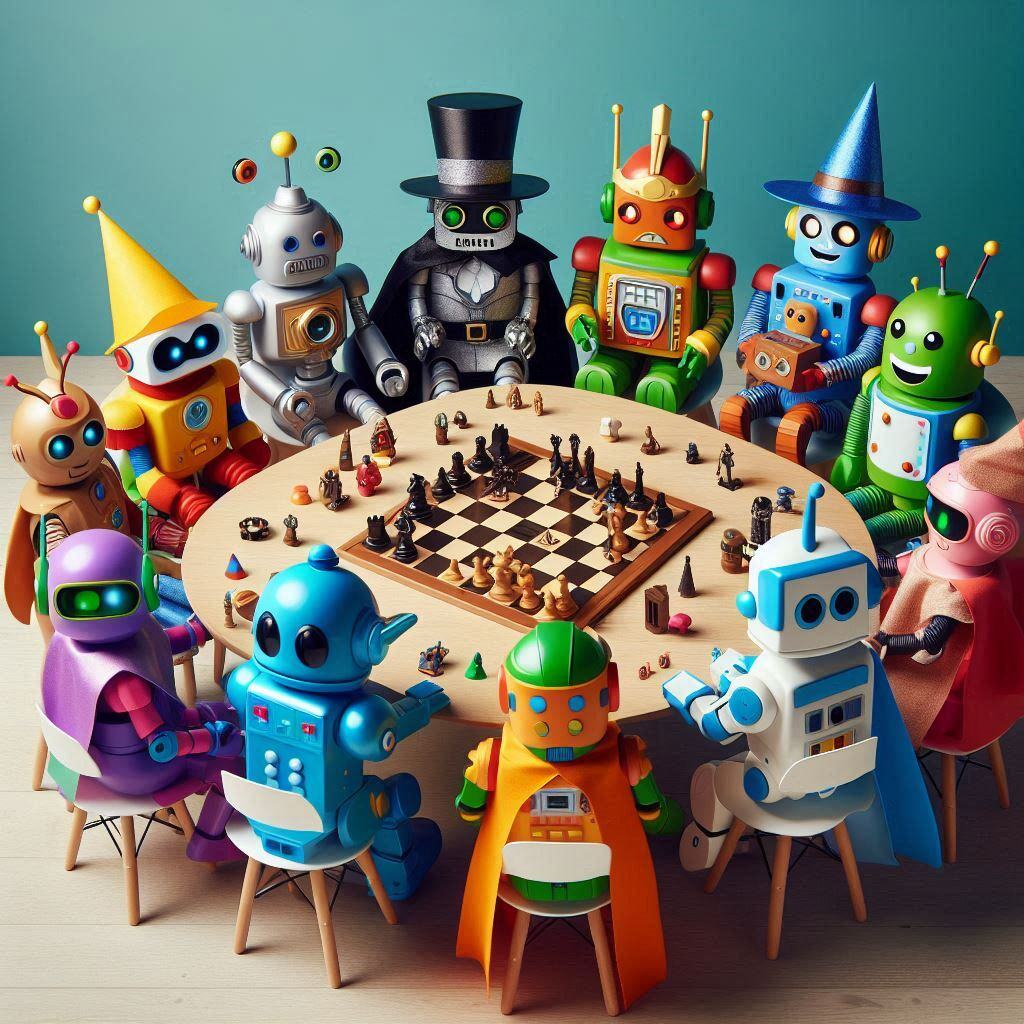What is role prompting in Gen AI?
What if you could teach AI to think like a specific expert, unlocking a whole new level of capability? Welcome to the world of role prompting, a...
Learn about AI hallucinations: what they are, examples, causes, impact, and how to control them for reliable AI performance.
Artificial intelligence (AI) has made significant strides in recent years, but it's not without its challenges. One such challenge is the occurrence of "AI hallucinations." As AI systems become more embedded in various applications, understanding what AI hallucinations are and how to manage them is crucial for ensuring accurate and reliable AI performance. In this article, we'll explore what AI hallucinations are, provide examples, delve into their causes, discuss their impact, and offer strategies for controlling them.
AI hallucinations occur when an AI model generates outputs that are not grounded in reality or factual data. Unlike human hallucinations, which involve sensory experiences without external stimuli, AI hallucinations happen when an AI system, such as a language model or image generator, produces information that is incorrect or fabricated. These hallucinations can manifest as text, images, or other types of data that seem plausible but are actually false.
In simpler terms, AI hallucinations are errors where the AI "imagines" something that isn't true or doesn't exist, yet presents it as if it were factual.
Artificial hallucinations can appear in various forms, depending on the type of AI system. Here are some common examples:
A language model might be asked a question like, "Who was the 30th president of the United States?" and incorrectly respond with "George Washington." Although the answer sounds confident and is structured correctly, it is factually incorrect.
When tasked with creating an image of "a unicorn in a forest," an AI image generator might produce an image that looks realistic but depicts a creature or scene that doesn't actually exist.
Chatbots can also hallucinate by providing users with incorrect or irrelevant information. For example, a customer service bot might incorrectly state that a product feature exists when it does not.
AI-powered translation tools may misinterpret a phrase, leading to translations that do not convey the intended meaning. This could result in outputs that are nonsensical or out of context.
These examples highlight how AI hallucinations can occur in different types of systems, potentially leading to confusing or misleading results.
Several factors contribute to AI hallucinations, making it important to understand these root causes to address them effectively:
AI models are trained on large datasets that may include a mix of accurate and inaccurate information. If the training data contains errors, the AI may inadvertently learn and reproduce these inaccuracies in its outputs.
The architecture of AI models, particularly in large language models, is designed to predict the next word or sequence element based on learned patterns. This can sometimes result in outputs that seem plausible but are not factually correct.
Overfitting occurs when an AI model becomes too closely tailored to its training data, leading to poor generalization to new, unseen data. This can cause the model to generate outputs that reflect the idiosyncrasies of the training data rather than the actual context.
AI models often lack a deep understanding of the context in which they are operating. Without the ability to reason or validate facts, the AI might produce outputs that do not accurately reflect the situation at hand.
When presented with vague or ambiguous prompts, AI systems might generate content that is irrelevant or incorrect. The AI may "fill in the gaps" with invented information, leading to hallucinations.
AI hallucinations can have various practical implications, especially as AI systems are integrated into more critical applications:
In industries like healthcare or finance, AI hallucinations can lead to incorrect decisions or actions. For example, an AI system used in medical diagnostics might suggest an incorrect diagnosis based on fabricated data, potentially impacting patient care.
Frequent AI hallucinations can lead to frustration and confusion among users. For instance, if a virtual assistant frequently provides incorrect information, users may lose confidence in its utility.
Hallucinations can raise concerns about the reliability of AI systems, particularly in applications where accuracy is paramount. This might hinder the adoption of AI technologies in sectors that require high precision and dependability.
Controlling AI hallucinations involves a combination of improving the AI model itself and enhancing the processes around its deployment. Here are some strategies to reduce the occurrence of hallucinations:
Ensuring that AI models are trained on high-quality, accurate datasets is crucial. This involves carefully curating the data to minimize errors and irrelevant information that could lead to hallucinations.
Incorporating fact-checking processes within AI systems can help validate the accuracy of the outputs before they are presented to users. This can involve cross-referencing information with trusted databases or other reliable sources.
Developing AI models that can better understand the context of the tasks they are performing can reduce the likelihood of hallucinations. This might include improving the AI's ability to reason about the information it generates.
Allowing users to provide feedback on AI outputs can help identify and correct hallucinations. This feedback loop can be used to continuously refine the AI model, making it more robust over time.
In scenarios where the cost of an error is high, it may be beneficial to design AI systems that prioritize conservative outputs—those that are more likely to be correct even if they are less ambitious.
Conducting periodic audits of AI models can help detect patterns that may lead to hallucinations. These audits can be used to make adjustments to the model and its underlying processes, reducing the chances of future errors.
AI hallucinations are a significant challenge in the development and deployment of artificial intelligence systems. By understanding what causes these hallucinations and how to control them, developers and users can work towards more accurate and reliable AI outputs. As AI technology continues to advance, addressing the issue of hallucinations will be essential to ensuring that AI systems serve their intended purposes effectively and safely.

What if you could teach AI to think like a specific expert, unlocking a whole new level of capability? Welcome to the world of role prompting, a...

Introduction: The Evolution of AI in the Enterprise

Large Language Models (LLMs) like GPT-4 have changed the way we think about artificial intelligence. While they started by handling text, they’ve now...
Start your journey with Integrail

Try AI Studio by Integrail FREE and start building AI applications without coding.

NEW White Paper: Discover how AI Studio accelerates your workflows